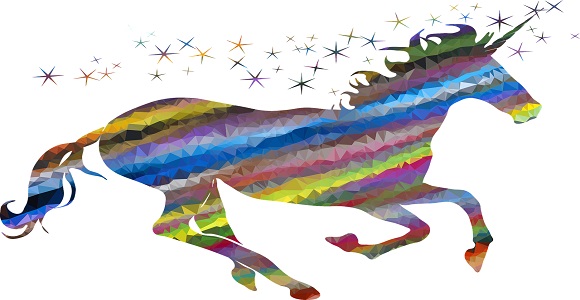Characters, Plot, Theme and Genre have a secret meaning behind their obvious relevancy to stories. In fact, they provide a clue as to why stories exist in the first place.
Stories exist because they represent what we do as individuals and how we relate to one another socially. They provide vicarious experiences without the risk or permanent high passion of real life. And, in the hands of a skilled author, offer a compelling message about the best way to behave in situations that represent or mimic the kinds of circumstances we encounter in our own lives.
Within this context, we can see that Characters illustrate the different kinds of drives and points of view we have, and the message of the story describes how each of these attributes or attitudes fares in regard to the problem at hand.
Plot delineates different methods, means or techniques we might employ to solve that kinds of problem, Theme outlines the propriety of one value standard over another, and Genre provides an overall perspective that is fully explored over the course of the story.
In this way, a story focuses on a particular scenario that stands as an analogy to any number of similar scenarios we face very day.
This much of an understanding of story structure is fairly obvious, even at face value. But, beneath all that is an even more remarkable truth of what Characters, Plot, Theme and Genre truly are.
For a moment, consider why authors started writing stories in the first place. Better still, consider why people started telling stories in the first place. First you tell the truth to communicate. Then you embellish to leverage. Then you fashion a fiction to make a point.
The fiction you create must bear a substantive reflection of the real world or your audience will not accept the validity of your message. And so, early storytellers sought to accurately represent how individuals go about dealing with problem and making decisions and also how people interact collectively.
Over many generations, the art of storytelling arrived at certain conventions of story structure that represented truisms of human nature. And in this way, we arrive at today’s stories in which there are Characters, Plot, Theme and Genre.
As it turns out, there is a remarkable attribute of these structural conventions: while each is a story element, collectively they create a story that has its own identity, its own personality as if it were a person in its own right in which story elements represent facets of this overall Story Mind.
How did this happen? Because it accurately reflects what happens in real life. In our own lives, each of us has qualities such as reason and skepticism. We use them all to solve problems and make decisions.
When we gather together in groups toward a common purpose, such as a collective goal, the group gradually self-organizes into specific jobs or roles, each of which focuses on just one of our human attributes. For example, every organized group will have at least one member who stands out as the voice of reason while another will assume the role of the group’s skeptic.
Why does this happen? The process of self-organizatin occurs for two reasons: One, to solve a group problem we need to look at it from all the same angles we use in solving personal problems or we won’t have covered all the possibilities in which to find solutions. Two, if as a group each of us tried to look at all aspects of the problem identically, we don’t get nearly the resolution on the problem, not nearly the degree of detail and deep thought that the group can achieve if each individual becomes a specialist and focuses on just one aspect of the issue.
And so, the group member representing the voice of reason in the group spends most of his time looking into which potential solutions make the most sense and not paying nearly as much attention to other ways of examining the problem. The skeptic in the group is always looking for flaws in potential solutions – alerting the group to shortcomings that may disqualify some solutions in favor of others.
In this way, as the problem solving process continues, the group comes to structure itself as a big mind – a group identity with a common purpose in which each participant represents a different facet of our own individual minds and in which the problem solving processes in which they all engage reflect those very same processes that go on in our own minds between our own facets.
The end result? Stories seek to present the true nature and organization of human beings in a setting of fictional subject matter to make a point about how we the audience (both as individuals and as members of groups) should best go about solving particular kinds of problems.
And now we finally see the secret identity of Characters, Plot, Theme and Genre: by their very nature they reveal the form and function of our own minds, exploded outward into the elements of story structure itself.


